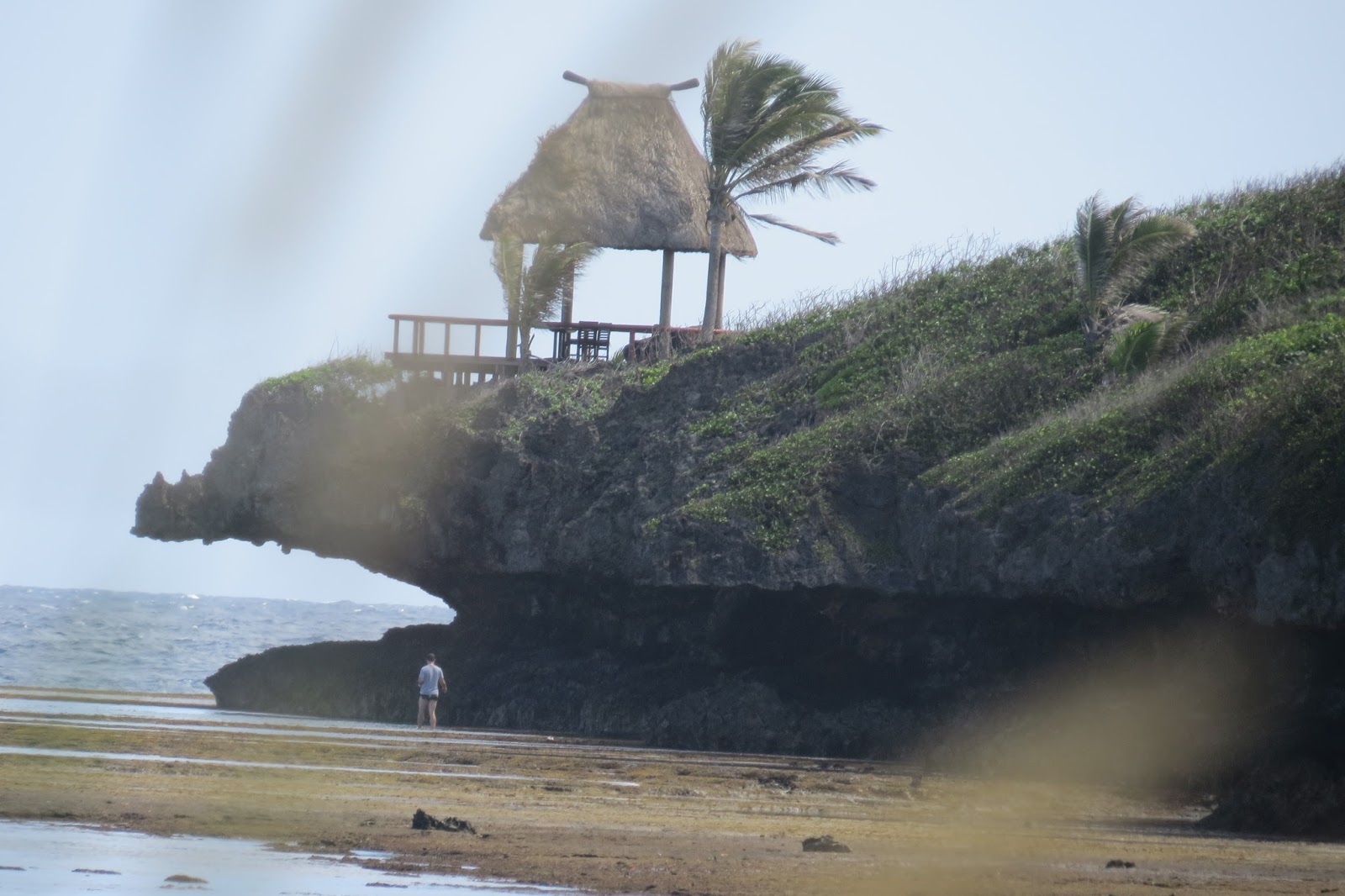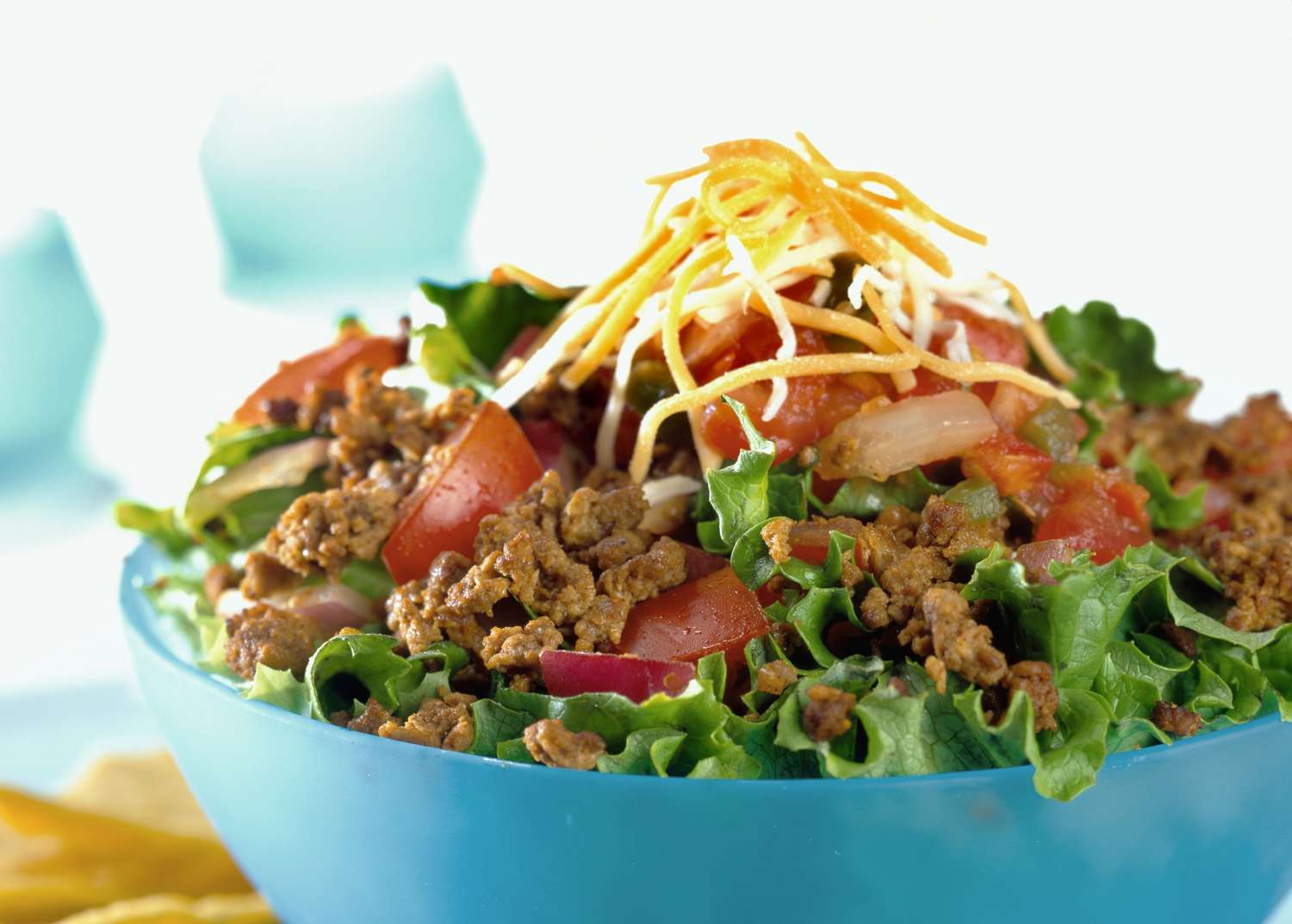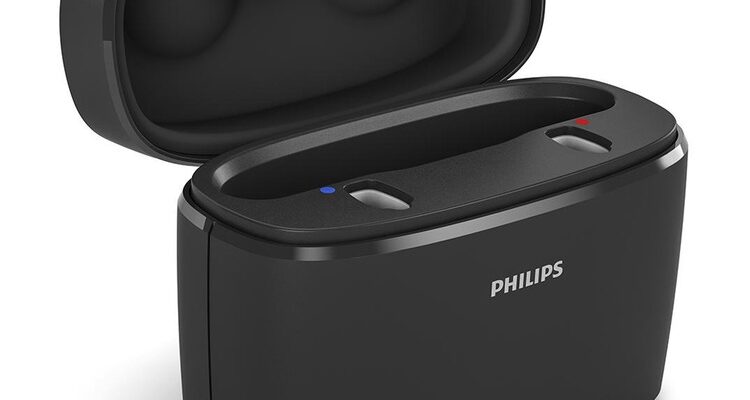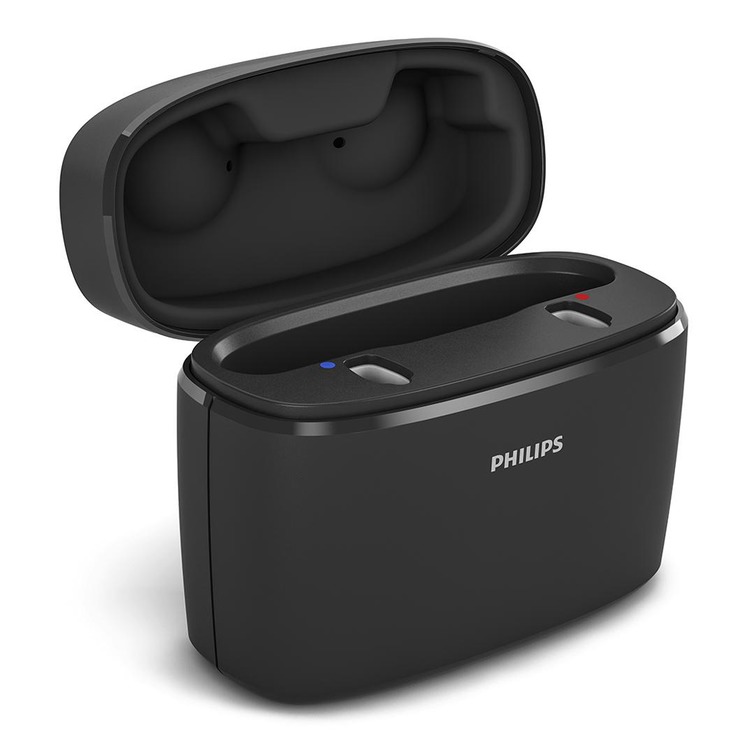
This morning, I booked our lunch reservation to get together with friends Linda and Ken when their ship arrives at the Port of Barcelona on October 20, two weeks from today. After diligent research, I found what appears to be a lovely restaurant, close to the port, which will require all of us to take taxis to the location.
The restaurant, El Tribut, appears to have an excellent dinner menu, and it likely offers an equally good lunch menu for our early arrival at 1:00 pm. We are all looking forward to getting together after not seeing each other for quite a few years, although we’ve stayed in close touch.
On past occasions, since they also travel extensively, we have met up with them in Australia and again in Wales, when, coincidentally, we happened to be in the same country at the same time. We met Linda and Ken at Kathy and Don’s home in 2013, when they owned a home in Marloth Park, which they’ve since sold. They’ve owned a home in England for decades and make that their base as they continue to travel the world.
It will be good for us to get out, and Tom will help me manage the scary stairs. From where I sit in the lounge room of this apartment, I have a clear view of the street below and often find myself peering out at the flurry of activity. Oddly, I don’t feel cooped up at all. In only 22 days, I’ll have an ocean to provide the feeling of freedom that comes with daily exploration.
Yesterday, while I was feeling “under the weather” (cause unknown), I’m totally better today. We did two loads of laundry, which we started at 10:00 am and didn’t dry until 5:00 pm. The washer takes two hours, but the dryer can take hours and hours of resetting to dry a small load.
They appear to be a new stackable washer and dryer. We spent two days over the past five days going through this same long process, which also included washing the sheets and pillowcases. If we had three loads, we’d have to carry them over the second day since Tom can’t hear a thing when they are running at night, when we’re attempting to stream a few shows.
Speaking of Tom’s hearing, we’re holding our breath. UPS Spain tracking published the following: ON THE WAY, SHIPMENT CLEARED CUSTOMS October 6, 2025, 2:35 am. Thank goodness, we didn’t have to deal with customs fees, which may have required us to appear in person to pay, as we have when receiving other international shipments in other countries.
We no longer send supply packages to ourselves while living in various countries. It’s not worth the expense and the hassle. However, this situation with Tom’s hearing aid charger was different.
I’m eager to have a reasonable conversation with him! He’s fairly good at reading lips, so that’s helped a bit. He’s been using his earbuds to listen to his favorite podcasts and football games. Yesterday, I was able to set up DAZN, his NFL app on the smart TV, enabling us to watch the Minnesota Vikings game on the TV monitor instead of his laptop. It seems these apartments are fairly well soundproof.
Hopefully, we haven’t been disturbing the other three tenants in this building with the volume turned up. It has also helped us use closed captions when streaming a few shows.
Today’s our last day of taco salads. Tomorrow, we’ll order takeaway through Uber Eats, which provides excellent service.
That’s it for today, dear readers.
Be well.
Photo from ten years ago today, October 6, 2015:


























